This post will try to list the major steps for a congregation considering sponsorship, and will include the most critical information from the linked documents.
The United Nations High Commission on Refugees determines whether people are eligible for refugee status. If they decide to apply to Canada their names go to Canadian visa offices overseas, and are forwarded to Immigration, Refugees and Citizenship Canada (IRCC), who puts those people onto Blended Visa Office Referred (BVOR) lists. Somewhere along the line the claimants are given medical, security and criminality checks. IRCC provides lists of profiles, usually without names, to the Presbyterian Church in Canada and thereby to the Presbyterian World Service and Development agency (PWS&D).
A group like our congregation (called a constituent group or CG) interested in sponsoring are asked to provide PWS&D with a profile of whom they would like to sponsor: nationality, size of family, medical needs, single mom etc. When a profile comes up that seems to match the CG’s preference, Rob at PWS&D will notify the CG and they will have to make a quick decision to accept that case. For Syrians, the CG must agree to take a case within 48 hours of giving an initial expression of interest. Arrival tends to be in 3 days to 5 weeks. Non-Syrians: CG must agree to take a case within 1 week of giving an initial expression of interest. Arrival tends to be in 1 – 4 months (usually 2-3).
An example of the choices might be:
- Husband and wife, 20-40 years old
- Single male, 28 years old single, with a degree
- Husband and wife in their 40s with two children
- Single mom 23yo with 4yo son
The initial application process includes budgeting for the chosen family or individuals.
Consider that a single young adult with no dependents may be easier to support and settle than a family of four.
The CG is responsible for all costs in the startup month for the newcomers. That includes first months rent, furniture, housewares, winter and summer clothing, linens, and utility hookups. This is estimated at $7000 for a family of four. If some of this can be offset by donations of clothing, food staples, furniture etc., these figures must be shown in the budget presented to PWS&D.
From month two to seven, the federal government provides income support at provincial welfare rates. They also cover the costs of language programs, and health care including glasses, medications, hearing aids and walkers or wheelchairs.
From month eight to twelve, the sponsor congregation is responsible for rent, utilities, food, transportation, clothing, phone, internet, school supplies, day care, and pocket money. This is expected to match provincial welfare rates and is estimated for the family of four at $10,000.
The congregation must show that they have budgeted for this period realistically and that they have those funds in hand and contributions in kind to support the newcomers until they are independent, which is expected to happen by the end of twelve months.
The CG must also fill out the settlement plan portion of the application. This is the physical commitment, help on the ground, and includes, but is not limited to:
- Meet the refugee(s) at the airport and provide transportation to the final destination
- Locate an interpreter (if applicable) and help the newcomers to learn English
- Apply for provincial health plan and Interim Federal Health plan
- Apply for Social Insurance Number
- Select a family physician
- Select a dentist
- Plan for medical emergencies
- Provide orientation (public transportation, banking services, etc.)
- Provide assistance in linking refugee(s) with community activities
- Enroll children in school (if applicable)
- Make child care arrangements (if applicable)
- Register for child tax benefit (if applicable)
- Enroll adults in language training
- Provide assistance in finding employment
This part of the application also specifically asks for the names of people who will be volunteering to assist with the refugee applicant’s settlement and the tasks they will be assisting with. The CG must plan how, in those twelve months, to provide the care, emotional and social supports those newcomers will need to become oriented to a new and probably confusing culture. How will the congregation divide up the 24 hour 365 day commitment? Which congregants will specialize in certain kinds of support? It may be especially difficult in a community lacking the language or religion of home. The application also wants to know what kind of contingency plan the CG has if problems arise with the implementation of the settlement plan. The CG will also be required to report to IRCC the activities over the year.
Whereas some agencies are able to help (PWS&D for example can provide guidance), and people in the greater community may help, the sponsor congregation has the in-hand responsibility to ensure that the newcomers have their various needs met to ensure a healthy transition into Canadian life. Clearly, many people in the congregation will need to commit themselves to a significant amount of time and focused energy. It seems prudent that this commitment be clear within the congregation before an application is submitted.
After choosing who to sponsor, budgeting for the sponsorship and ensuring that the money is in place, and creating a settlement plan including the budget and who in the CG will do what over the course of the year, the congregation sends in the application to PWS&D. They review it and submit it to IRCC, who also review it, and after approval, send it on to the Canadian visa office nearest to the individuals overseas. That overseas office will then take care of getting the refugee(s) to our closest airport. From sending in the application to the moment of the newcomers arrival in Canada could be one to seven months. It is unclear whether there is any contact with the refugees during this period.
If this amount of involved and prolonged commitment is unsuited to a congregation who wants to help, a donation to the PWS&D refugee support fund might be an alternative to congregational sponsorship.
For more information, a good place to start is the PCC website. Click on Presbyterian Church in Canada Refugee Sponsorship Information. A recent copy of the budget worksheet is available here.
If you have difficulty accessing or reading the material, or still have questions and/or comments after reading the PCC material and/or this short explanation, please phone or email the Comox Valley Presbyterian Church.

 But you can find nativity scenes made in different countries all around the world that don’t look like this at all.
But you can find nativity scenes made in different countries all around the world that don’t look like this at all.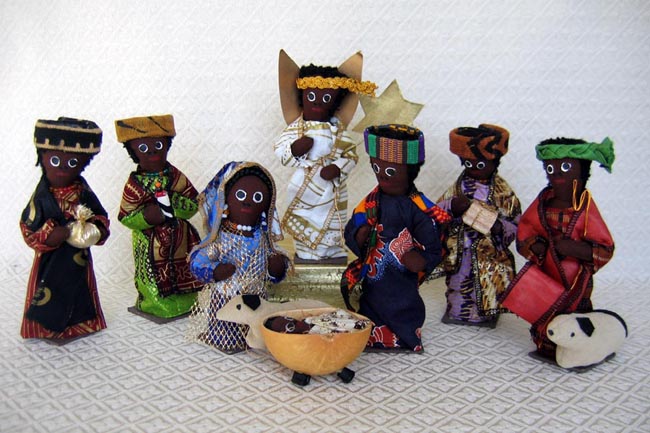
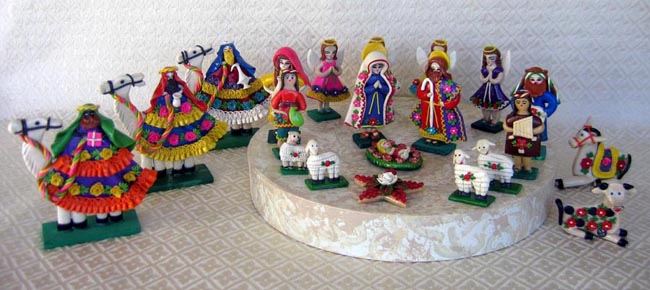
 In every country where artists make nativity scenes, they use the materials they find around them, and they create the scene as though it were happening in their own country.
In every country where artists make nativity scenes, they use the materials they find around them, and they create the scene as though it were happening in their own country.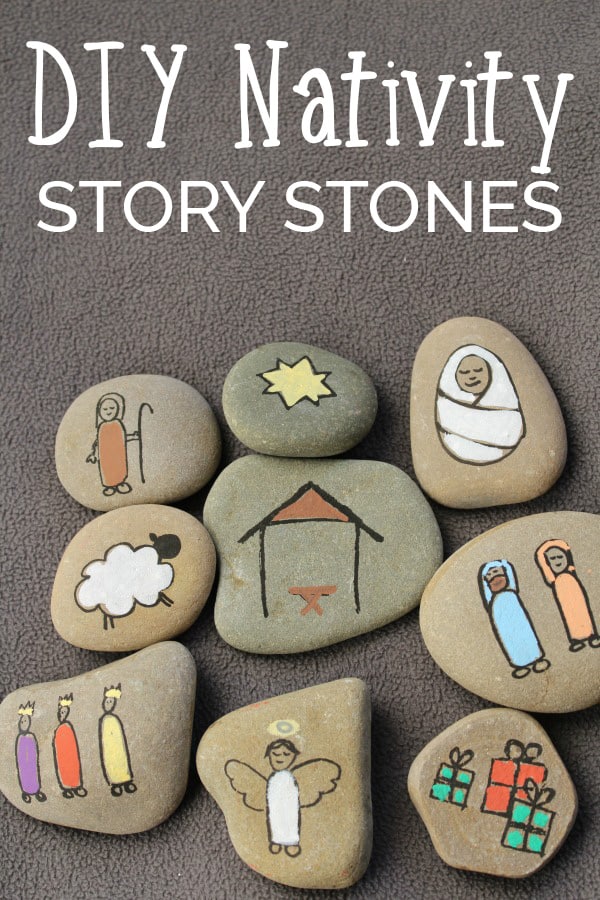 You could decorate sticks or blocks of wood with felt scraps to create people.
You could decorate sticks or blocks of wood with felt scraps to create people.
 You could make an inukshuk nativity with stones, cardboard and paper.
You could make an inukshuk nativity with stones, cardboard and paper.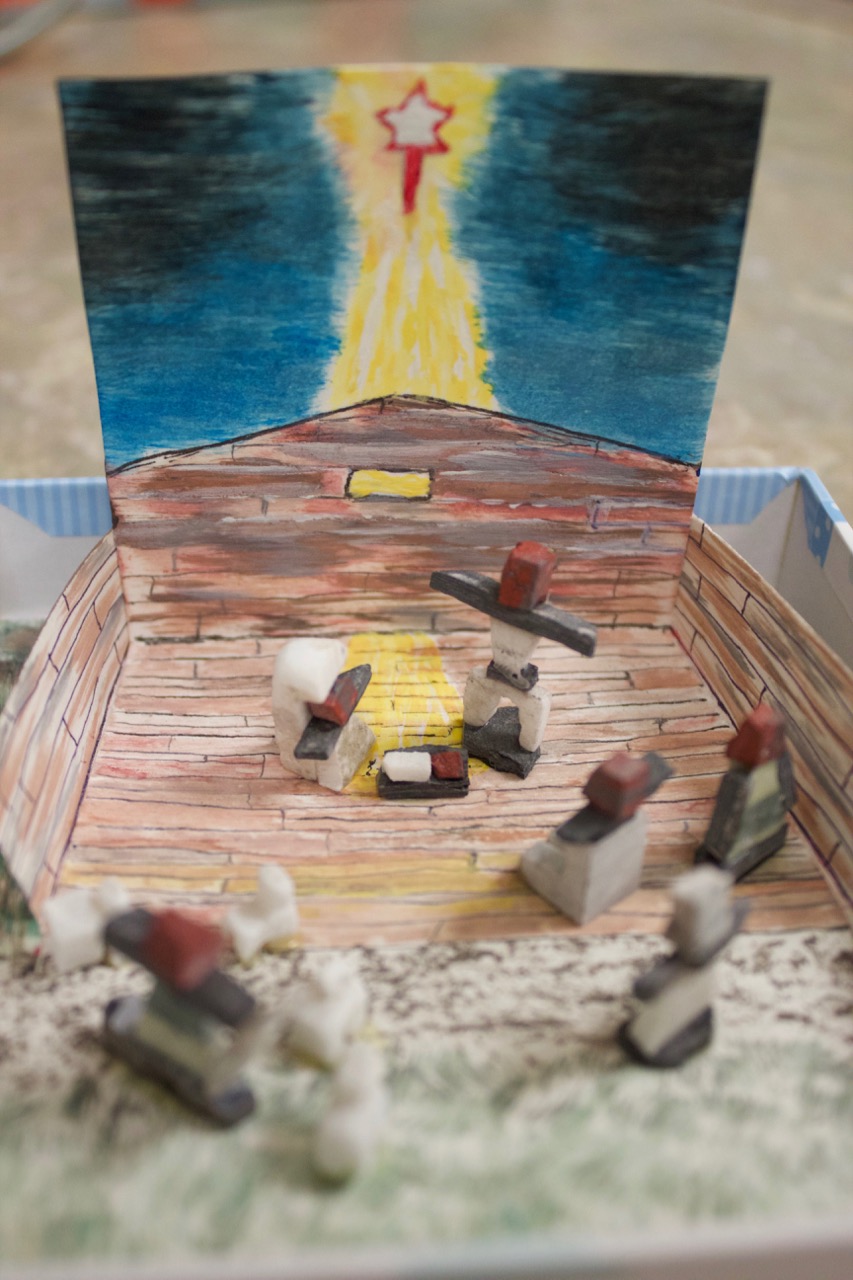 How to make your own Nativity Scene – Comox Valley Style.
How to make your own Nativity Scene – Comox Valley Style.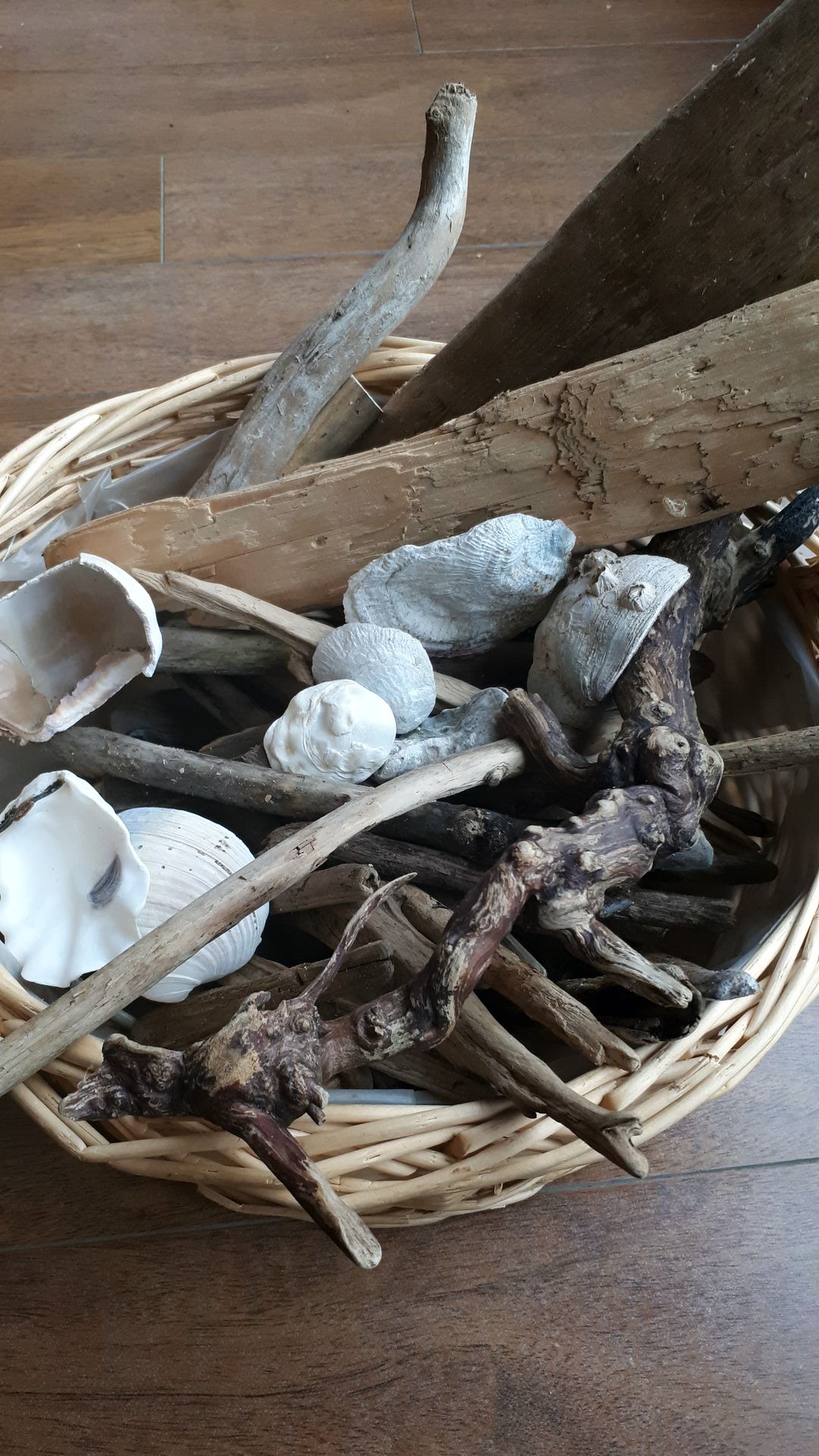
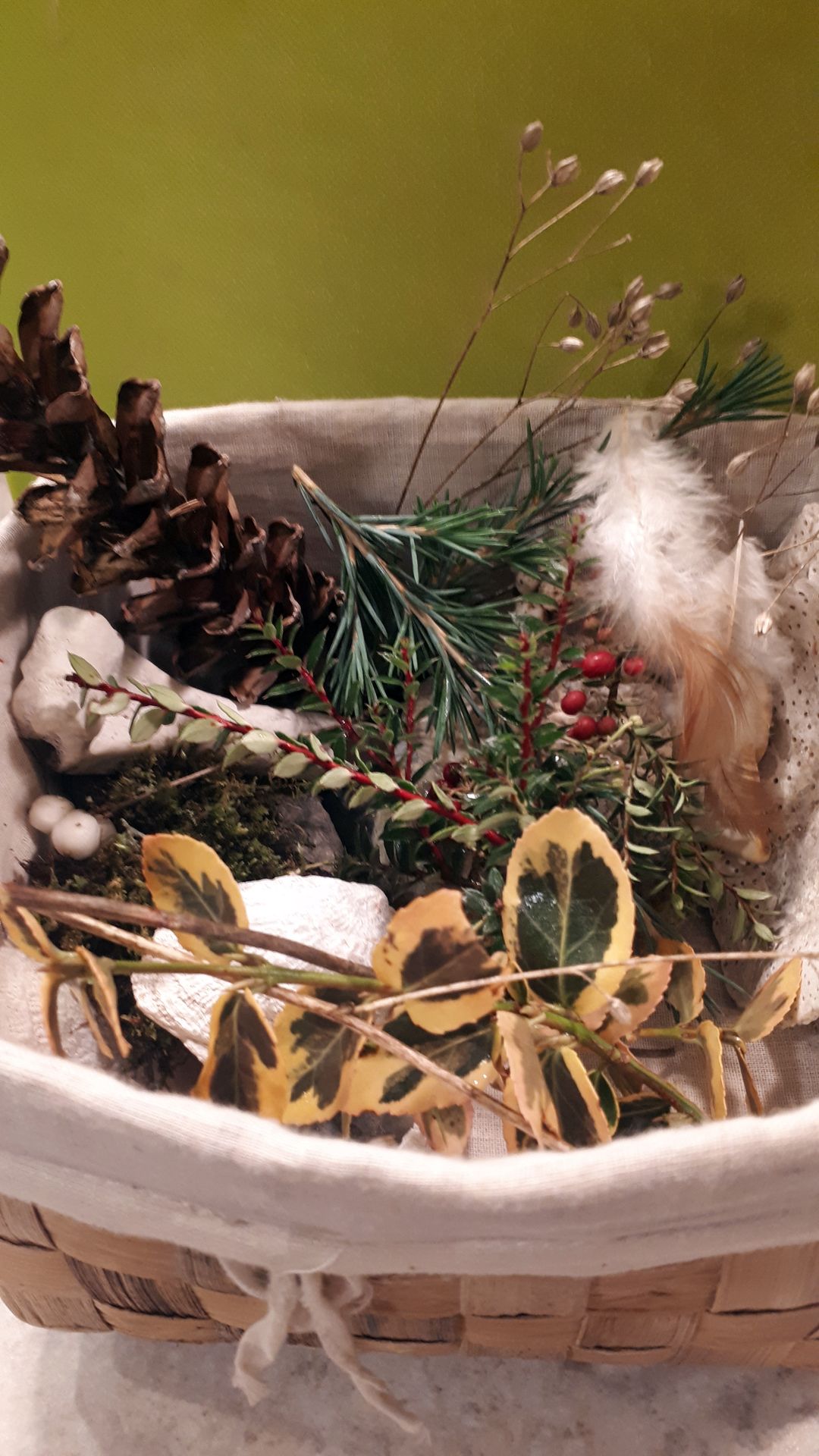 You could also raid your blue box and see what you can use from there.
You could also raid your blue box and see what you can use from there.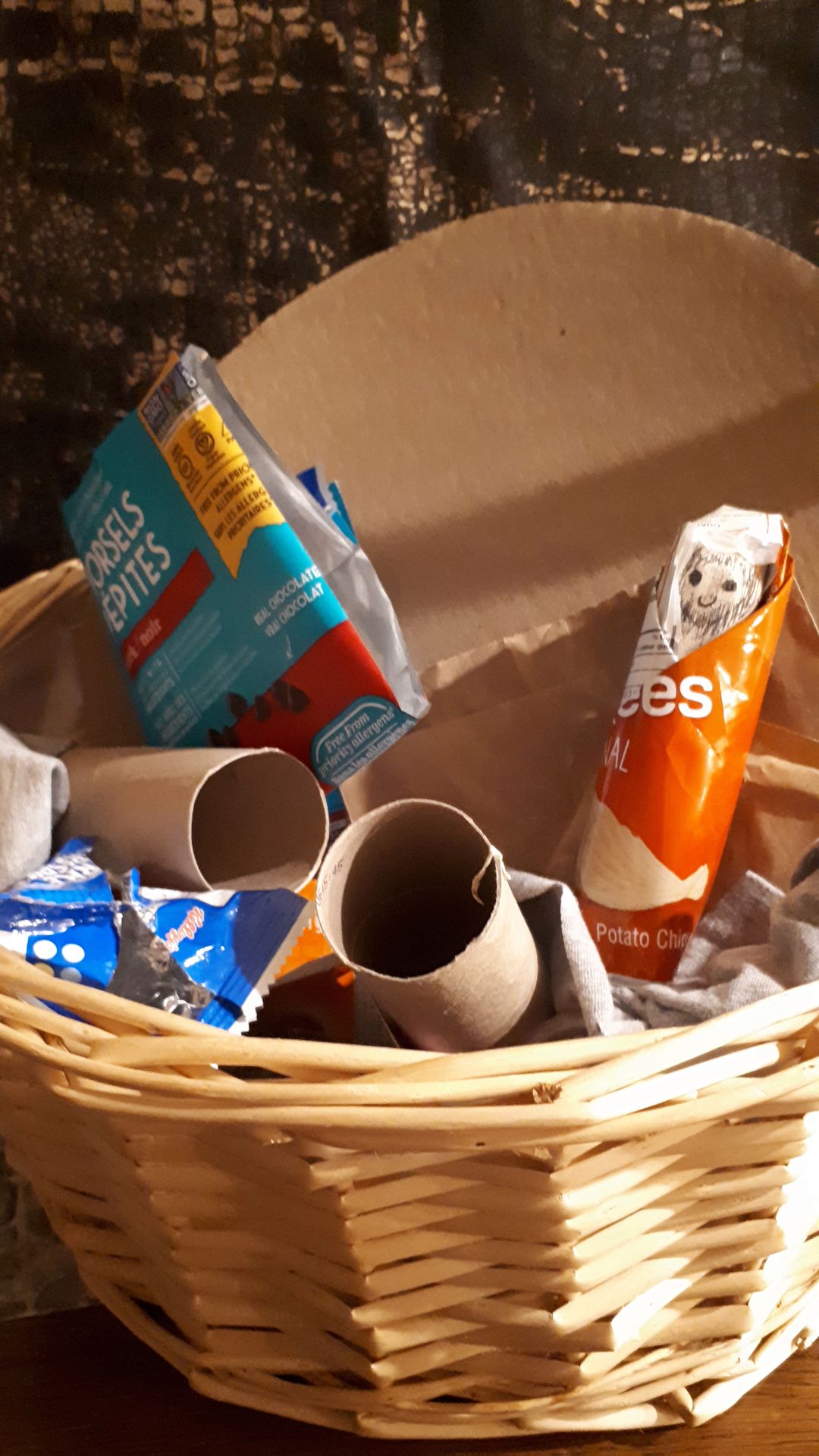 And you could look around the house and find some crafty things to add to your scene: beads, fabric scraps, buttons, ribbon, paint, markers, etc.
And you could look around the house and find some crafty things to add to your scene: beads, fabric scraps, buttons, ribbon, paint, markers, etc. You will also need a hot glue gun, and an adult to help you use it.
You will also need a hot glue gun, and an adult to help you use it.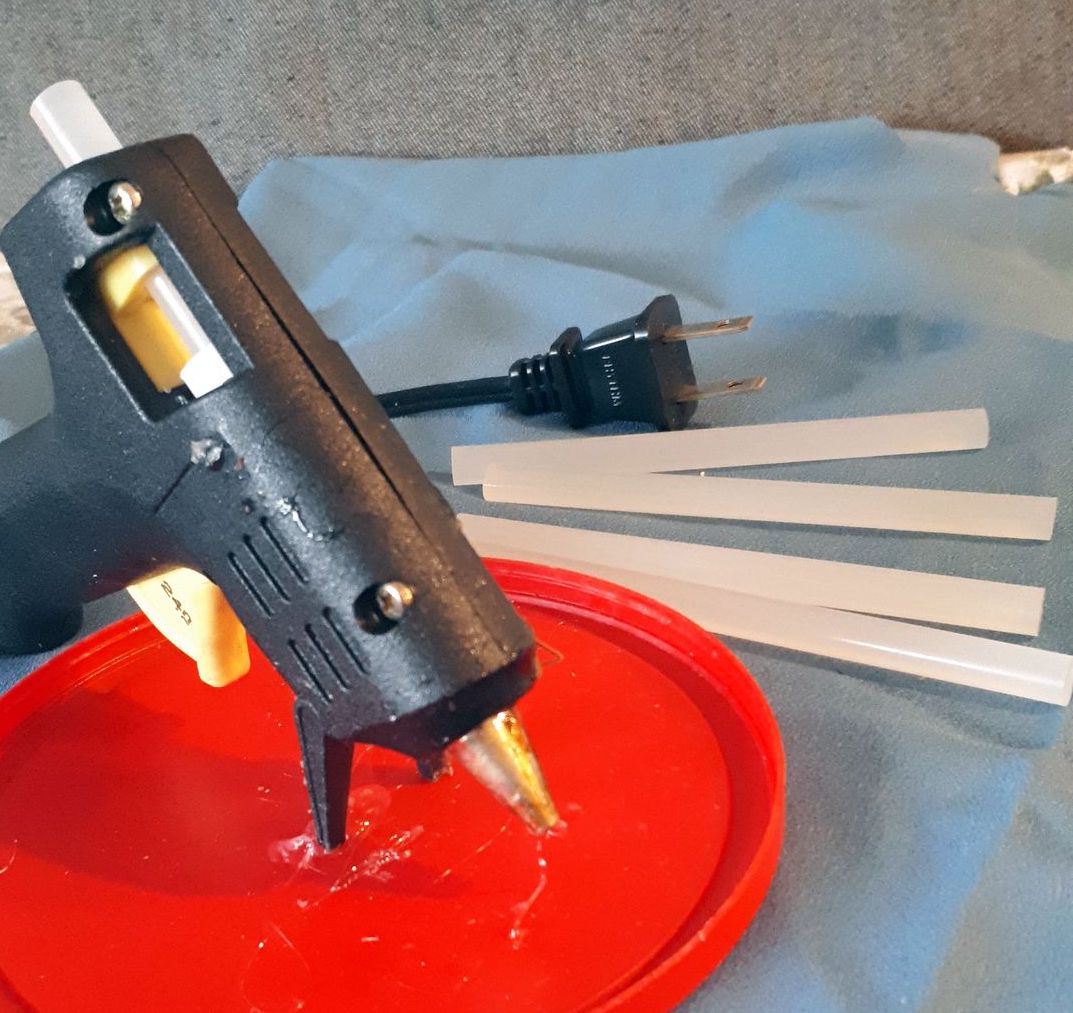 Hot glue guns can be found at any dollar store, but they become very hot when you plug them in, and so it’s important that an adult supervises you. Ordinary wood glue is usually not strong enough for these projects.
Hot glue guns can be found at any dollar store, but they become very hot when you plug them in, and so it’s important that an adult supervises you. Ordinary wood glue is usually not strong enough for these projects.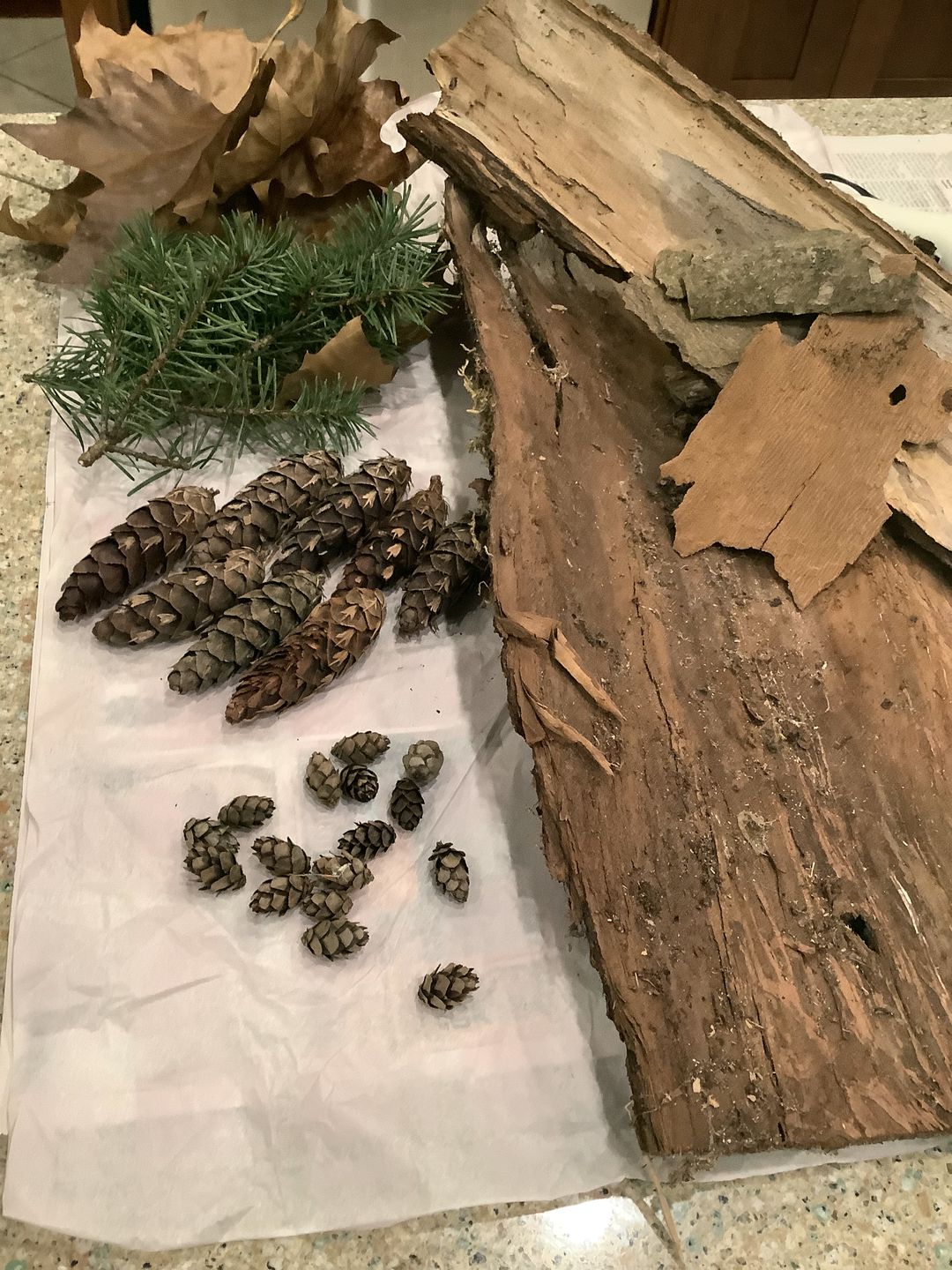
 Mary is holding Jesus in her arms. Can you see the angels with their wings? And did you notice the crowns the wise men are wearing?
Mary is holding Jesus in her arms. Can you see the angels with their wings? And did you notice the crowns the wise men are wearing?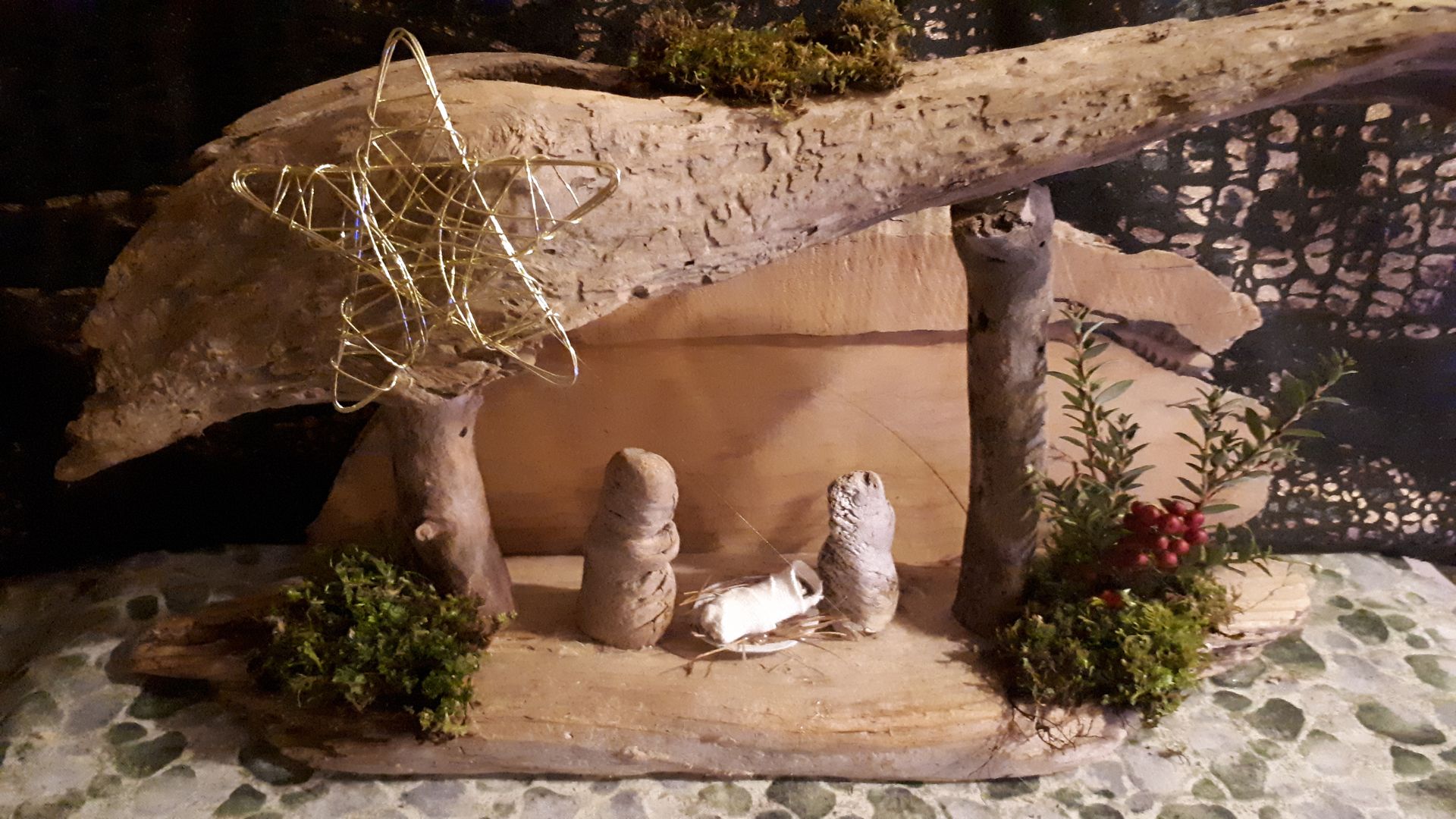 The wonderful thing about nativities made with natural or recycled materials is that you can return it to nature or the recycle bin at the end of the season.
The wonderful thing about nativities made with natural or recycled materials is that you can return it to nature or the recycle bin at the end of the season.


